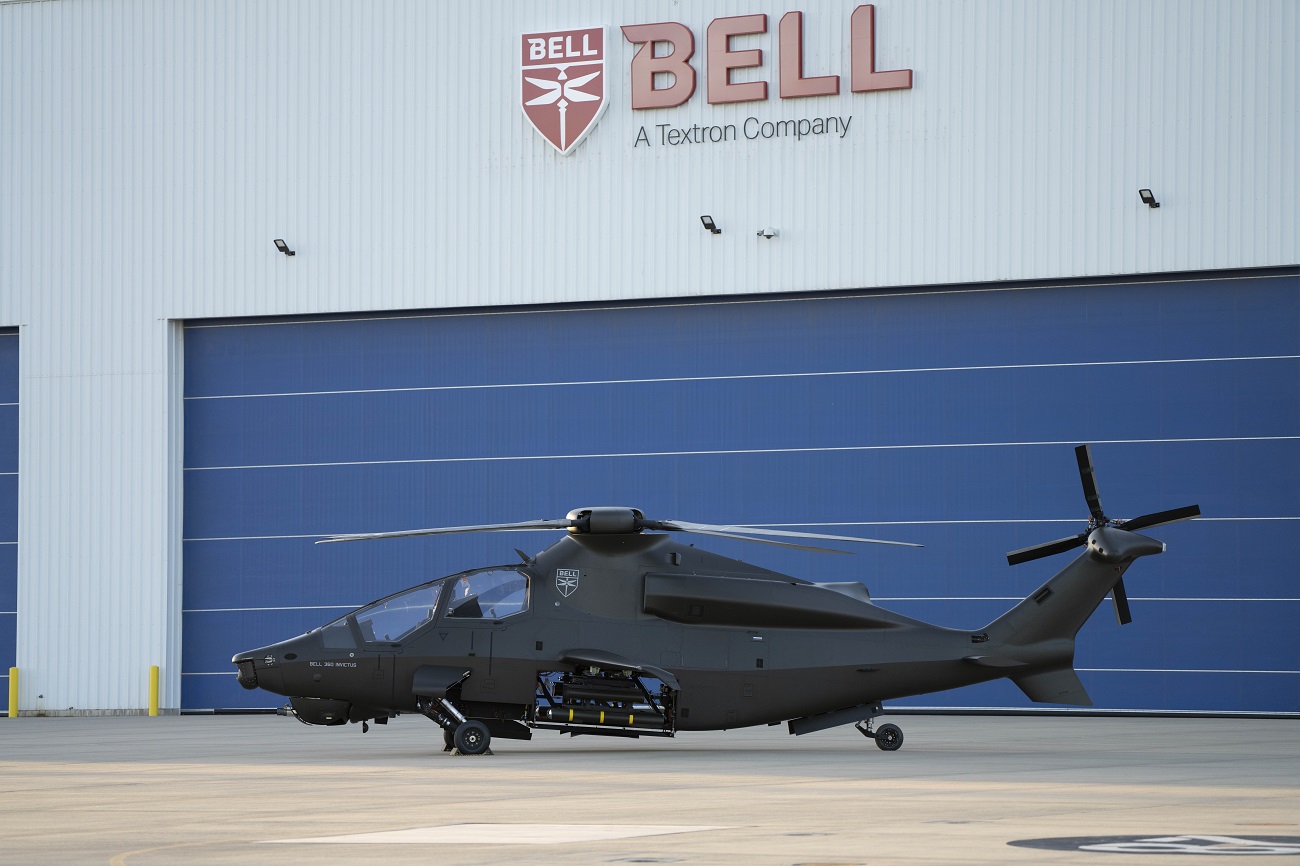Bell Textron Inc., a Textron Inc. company, announced today the Army has officially delivered GE Aerospace’s T901 Improved Turbine Engine to Bell for its submission for the U.S. Army’s Future Attack Reconnaissance Aircraft (FARA) program. With the engine’s arrival, Bell is prepared to complete the build for the Bell 360 Invictus competitive prototype and move forward to the next stages of the FARA competition. Bell and Team Invictus have been focused on preparing our FARA support infrastructure, supply chain and manufacturing hub to ensure alignment as we move forward on the path toward first flight. With the T901 now in hand, the Bell team is prepared to instrument and install the engine and functionally prepare the aircraft for ground test operations.
“Our team has been hard at work to drive down risk in preparation for ground and flight tests. We are excited to receive the T901 engine and look forward to demonstrating the transformative capabilities of the Bell 360 Invictus. As well, we continue to advance and meet Army requirements for an open weapons system design that provides the next level of lethality and survivability into our warfighters’ arsenal,” said Chris Gehler, senior vice president and program director, FARA.
“The ITEP delivery is a major milestone for FARA and the Bell 360 Invictus competitive prototype. Now that we have received the engine, we are ready to begin working toward ground runs and other necessary preparations before first flight later next year,” said Jayme Gonzalez, program manager, FARA.

Once the aircraft has been functionally tested with the T901 installed, the next steps for the Bell 360 include completing the Test Readiness Review and a restrained ground run. These tests are key to enabling the safe, rapid, and efficient execution of the flight test program. At Bell, we believe that it is crucial to fill the Army’s Reconnaissance capability gap. The Bell 360 Invictus offers major increases in speed, reach, and lethality that will enable the Army to reintroduce the critical scout and reconnaissance capability with both piloted and autonomous capabilities. Now that the T901 engine has been delivered, Bell and Team Invictus are one step closer to delivering this capability to our warfighters safely and affordably.
The Bell 360 Invictus is a proposed helicopter design intended to meet the U.S. Army requirement for a Future Attack Reconnaissance Aircraft (FARA). It is based on technology from the Bell 525 Relentless. The 360 and 525 will share an articulated rotor system, although the 360, which will only seat two, will use a single engine and a four-blade rotor, whereas the 525 uses twin engines and a five-blade rotor. Bell has since announced it is developing the 360 with Collins Aerospace, and the Sierra Nevada Corporation is developing the mission systems for the aircraft. The design was unveiled on 1 October 2019, showing a two-seat tandem cockpit, with sighting optics and/or laser designator above a 20mm cannon gun turret at the chin position below the cockpit, mid-mounted stub wings below the shrouded rotor hub and four 40 foot (12 m) diameter rotor blades, an active horizontal stabilizer and a tilted and shrouded tail rotor. Missiles are mounted on integrated launchers.
















